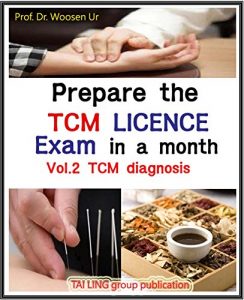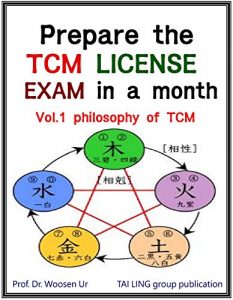Kimchi is the traditional fermented Korean food. This book is a cookbook / cookery book about how to make the most popular 10 kinds of Kimchi. There are hundreds kinds of Kimchi in Korea depending on regions and seasons and it is impossible to learn all of them in a moment. This book selected the most popular kinds of Kimchi that every Koreans knows and eat almost everyday.
The main ingredients are cabbage, radish, red pepper, salt etc but most of all, fermentation is a very important process to make Kimchi. Kimchi is famous for its nutrition and benefits for health. Kimchi promotes digestion and has weight loss effects. It also boosts up immune system, improve blood circulation and also has anti-aging effects and prevents cancer. Like most of fermented foods, Kimchi also has very strong effects of increasing lactobacillus and leuconostoc in the body. They are probiotic ingredients that increase natural healing power and prevents various diseases.
The origin of Kimchi traces back to almost 3000 years ago in Korean peninsula. The ancient words for Kimchi was dimchae or jinchae and during the period of the kingdoms of Korea ( about 5th century ), this word transformed to jinchi and later became Kimchi. This words means soaked vegetables.
This book explains 10 kinds of recipes and also introduce knowledges and history of Kimchi and benefits for health. This book includes photos of each Kimchi that will help you study recipes of Kimchi. Easy explanations and ways to get the ingredients are included. One recipe incluides general story, preparation, ingredients and directions. This book includes ten recipes for ten kinds of the most popular Kimchi. If you are running a restaurant, you can use these recipes directly.
< Contents of book >
What is Kimchi?
History of Kimchi
Why is Kimchi healthful?
Point of view of oriental medicine on Kimchi
Measurement of quantity of ingredients
Preparation of cabbage for Kimchi
Baek Kimchi ( White Kimchi )
Pogi Kimchi ( Cabbage Kimchi )
Tongchimi ( Radish water Kimchi )
Mat Kimchi ( Kimchi of taste )
Yeolmu Kimchi ( Young summer radish Kimchi )
Nabak Kimchi ( Sliced radish & cabbage Kimchi )
Gat Kimchi ( Leaf mustard Kimchi )
Pa Kimchi, Pagimchi ( Wakegi onion Kimchi, Scallion Kimchi )
Chonggak Kimchi ( Ponytail radish Kimchi, Altari mu Kimchi )
Gakdugi ( Kkakdugi, Diced radish )
The main ingredients are cabbage, radish, red pepper, salt etc but most of all, fermentation is a very important process to make Kimchi. Kimchi is famous for its nutrition and benefits for health. Kimchi promotes digestion and has weight loss effects. It also boosts up immune system, improve blood circulation and also has anti-aging effects and prevents cancer. Like most of fermented foods, Kimchi also has very strong effects of increasing lactobacillus and leuconostoc in the body. They are probiotic ingredients that increase natural healing power and prevents various diseases.
The origin of Kimchi traces back to almost 3000 years ago in Korean peninsula. The ancient words for Kimchi was dimchae or jinchae and during the period of the kingdoms of Korea ( about 5th century ), this word transformed to jinchi and later became Kimchi. This words means soaked vegetables.
This book explains 10 kinds of recipes and also introduce knowledges and history of Kimchi and benefits for health. This book includes photos of each Kimchi that will help you study recipes of Kimchi. Easy explanations and ways to get the ingredients are included. One recipe incluides general story, preparation, ingredients and directions. This book includes ten recipes for ten kinds of the most popular Kimchi. If you are running a restaurant, you can use these recipes directly.
< Contents of book >
What is Kimchi?
History of Kimchi
Why is Kimchi healthful?
Point of view of oriental medicine on Kimchi
Measurement of quantity of ingredients
Preparation of cabbage for Kimchi
Baek Kimchi ( White Kimchi )
Pogi Kimchi ( Cabbage Kimchi )
Tongchimi ( Radish water Kimchi )
Mat Kimchi ( Kimchi of taste )
Yeolmu Kimchi ( Young summer radish Kimchi )
Nabak Kimchi ( Sliced radish & cabbage Kimchi )
Gat Kimchi ( Leaf mustard Kimchi )
Pa Kimchi, Pagimchi ( Wakegi onion Kimchi, Scallion Kimchi )
Chonggak Kimchi ( Ponytail radish Kimchi, Altari mu Kimchi )
Gakdugi ( Kkakdugi, Diced radish )










